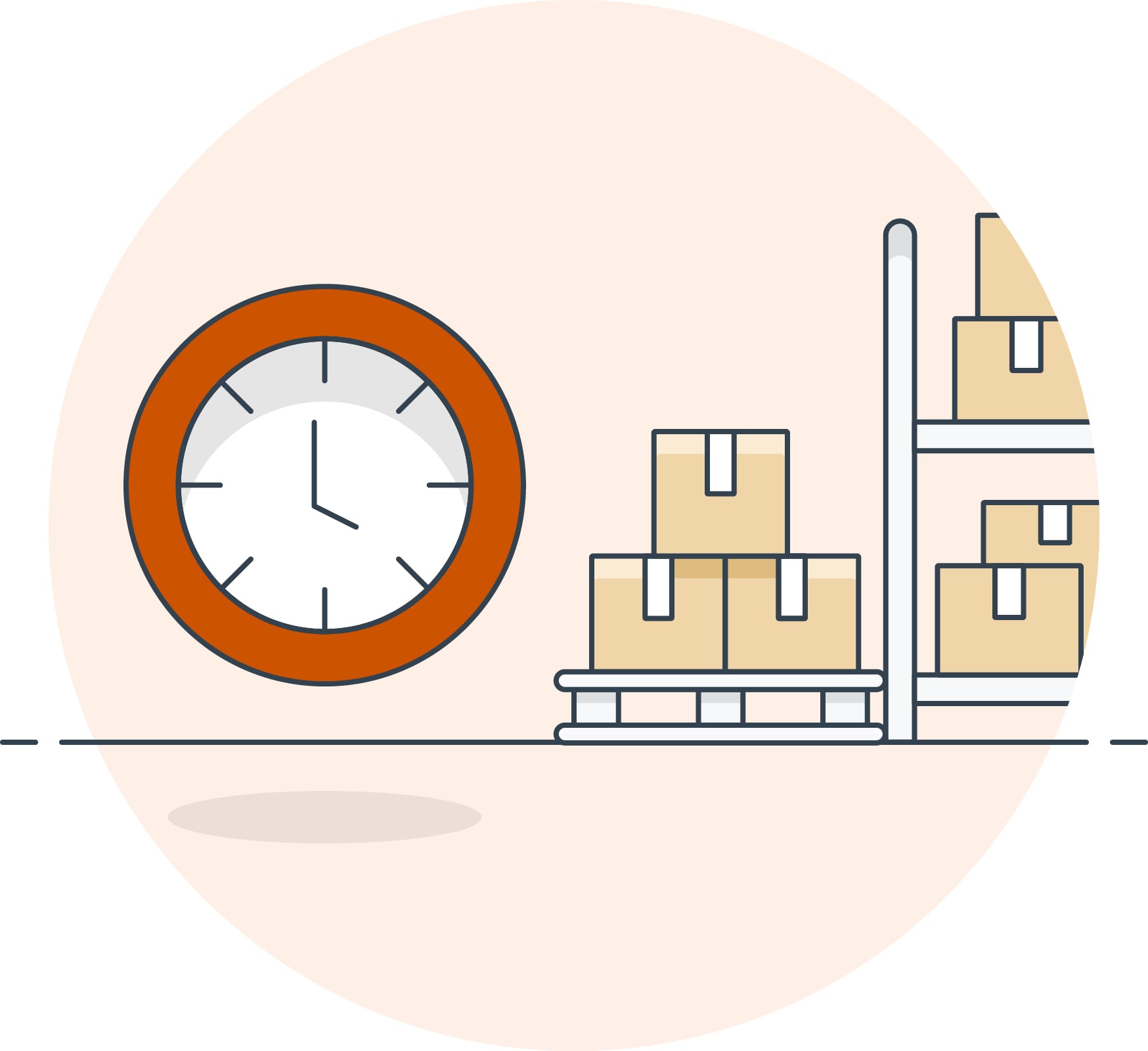So, you’ve started to see your orders pick up. As your one or two daily orders go up to 10 or 20, the time it takes to ship is similarly multiplied.
You’ve got to find a simpler way to pack, especially as you scale up even more. It might be time to have a closer look at your pick and pack process.
Your pick and pack process is key to effective warehouse management.
As you grow, it’s essential to get right so you (and your staff) can fulfill customer orders as fast and efficiently as possible.
What are the most common order picking methods?
Thing is, it’s likely that the size of your business will determine your perfect pick and pack process.
While there are several ways to do it, there is likely one that best suits you getting your products packed, wrapped, and out the door. Let’s look at some of the more common order picking processes to see what fits for you.
Discrete order picking

Running a small business that’s just started out? Got just a few orders a day? Then it’s likely a discrete order picking system is ideal for you.
Discrete picking—also referred to as single order, individual, or piece picking—describes the approach where your picker goes through one order at a time, taking items line by line before moving onto the next order.
Generally speaking, this method works just fine for companies servicing a low volume of orders.
Or if you have large or heavy products that take significant time and effort to shift from your warehouse (or wherever you are packing).
Another benefit of this method, especially for small businesses, is that it can reduce mistakes by having orders processed individually. Each and every order is given the greatest amount of attention to ensure accuracy and a little bit of bespoke magic for your customer.
The issue with this method is that it isn’t scalable. When you have few orders and ample time, there’s no problem spending that time to get each order right.
As more orders pour in, this consumption of time is increasingly noticeable and can be a bane to business.
Which brings us to batch picking.
Batch picking

Picking and packing gets trickier when your business scales up. More business is great for you (yay!) but you need to be able to manage it.
With this increase in orders, the time it takes for your pickers to move between goods starts to cost you.
Enter batch picking. This method can be handy compared to discrete order picking given your potential time savings.
Also referred to as multi-order picking or consolidated picking, batch picking utilizes a single picker to grab items with the same SKU (stock keeping unit) for multiple orders at the same time.
So, you minimize repeat visits to the same products by visiting only once for a group of orders. This reduces foot traffic and time to be used elsewhere, allowing your work to get done faster and more efficiently.
It’s the same theory behind why we have batch label printing! Read more about that here.
Wave picking

As you trend toward greater quantities of orders, you might have necessity to take on another method. Larger companies often graduate from batch picking to wave picking.
Simply put, wave picking is a process that combines discrete picking and batch picking. So, with this method, groups of similar orders are fulfilled in scheduled time periods (in waves, you might say).
Depending on the batch being picked, orders may have similar shipping deadlines, or SKUs, or could just be in close proximity to each other in the warehouse.
This approach tends to result in the picking cart holding more product than with batch picking, improving efficiency on an individual batch tour.
Zone picking

One last major method is zone picking.
This is ideal for companies with a significant rate of inventory turnover.
With zone picking, warehouse staff are assigned to various areas (or, you know, zones) in the warehouse. They are restricted to picking items located in these specific zones.
With each picker assigned to pick from a single zone per shift, walking time is minimized, leading to efficiency gains for your business.
When an order requires items from various zones, it moves through the zones on something like a conveyor, so-called sequential zone picking.
Warehouse management tips
No matter which pick and pack process you choose, there are some fundamentals to keep in mind when it comes to this part of your business:
- Design your warehouse for efficiency
- Keep your warehouse well-organized
- Double-check each and every order
- Keep an accurate count of your inventory (get into auditing)
- Program your warehouse management system for easy picking
Once you’ve figured out more efficient ways to manage your warehouse (or garage), you’ll have that much more time to help grow your business (thus necessitating further warehouse management hacks!).
So, go make your system more efficient so you can gain more time to dream up bigger and better ideas!


